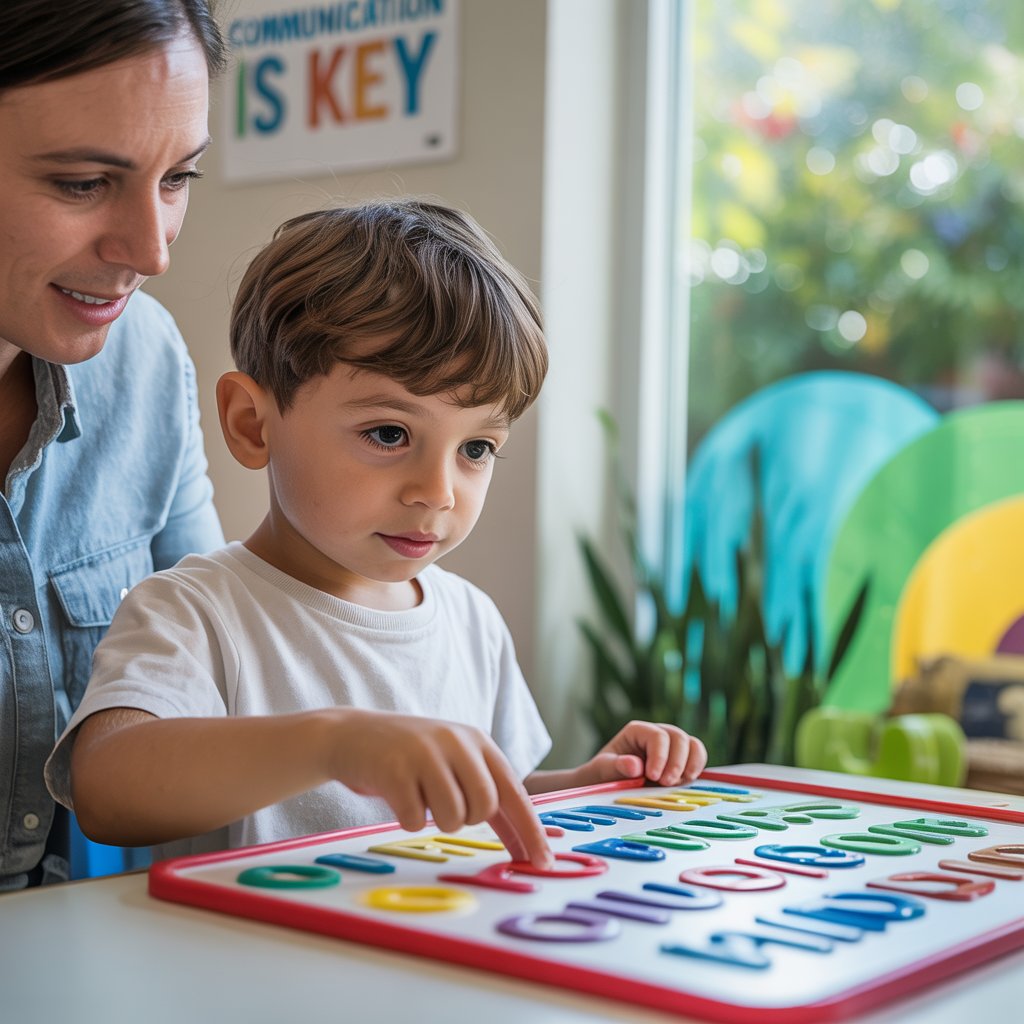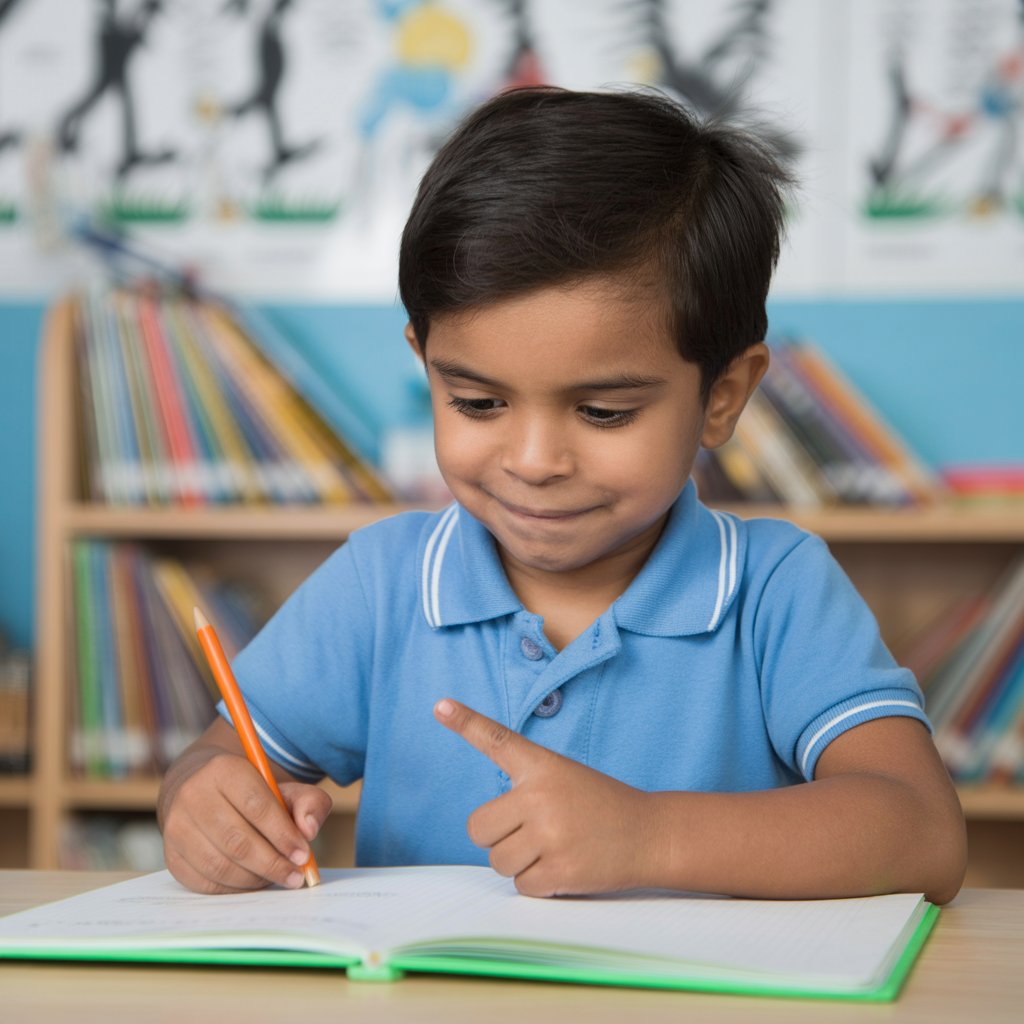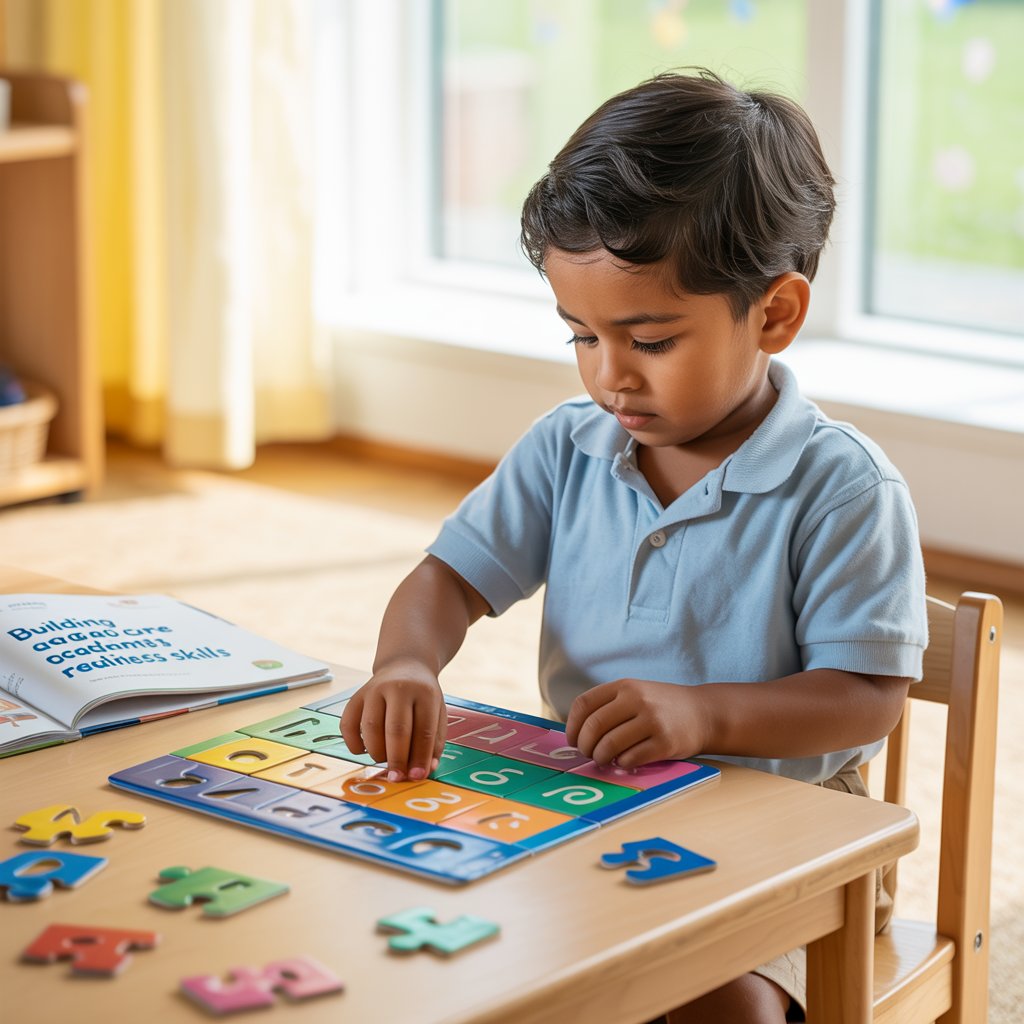Designing Supportive Environments for Motor Skill Growth
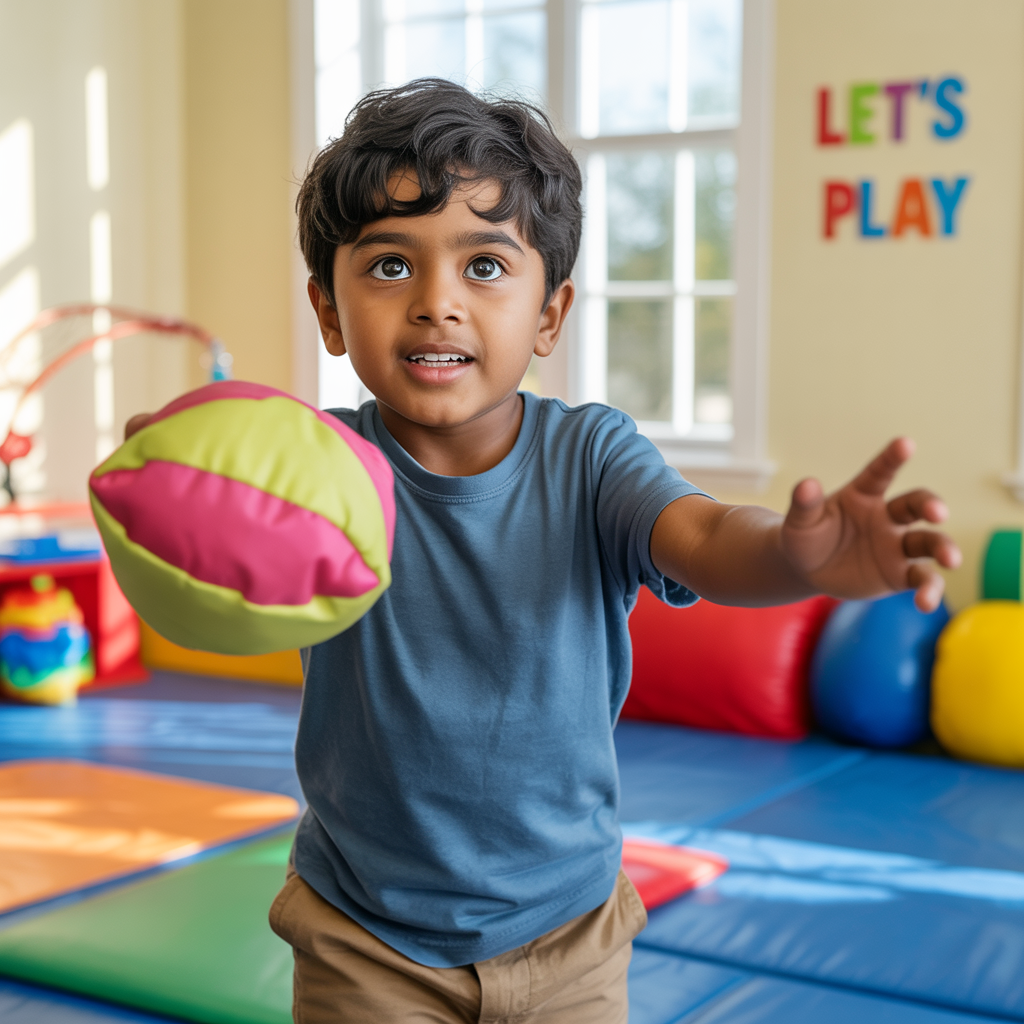
Creating motor-friendly environments at home and school
Kids with ADHD or autism often struggle with physical movements that come naturally to others. The spaces where they spend most of their time can make a huge difference.
At home, try setting up "movement stations" with balance cushions, mini trampolines, or therapy balls. Keep them in designated corners where your child can go when they need sensory input or to burn energy. Remove unnecessary obstacles and create clear pathways for movement.
In classrooms, flexible seating options work wonders. Think standing desks, wobble stools, and fidget-friendly chairs. One teacher I know keeps a small corner with exercise bands tied to desk legs so kids can quietly bounce their feet during lessons.
The key? Consistency between environments. A visual schedule showing movement breaks can work both at home and school. When environments support rather than restrict natural movement needs, kids can focus better on learning.
Breaking down complex movements into manageable steps
Remember learning to drive? All those steps—mirrors, signals, clutch, gas—seemed impossible at first. Kids with motor challenges feel that way about things like tying shoes or riding bikes.
The secret is task analysis—breaking movements into tiny, achievable parts:
- Identify the final skill (like catching a ball)
- Break it down (hand positioning, tracking the ball, timing)
- Teach each mini-step separately
- Chain the steps together gradually
Use the "I do, we do, you do" approach:
- First demonstrate the movement
- Then do it hand-over-hand together
- Finally, let them try independently
Photos or simple drawings showing each step help tremendously. One parent created a comic strip showing each step of putting on winter clothes—it worked better than verbal instructions ever did.
Effective motivational techniques for reluctant movers
The brutal truth? Traditional physical activities often leave kids with ADHD or autism feeling frustrated and defeated. No wonder they resist!
The game-changer is finding their intrinsic motivation:
- Follow their interests: A dinosaur-obsessed child might love "paleontologist expeditions" (nature walks with digging)
- Build on strengths: If they love music, try dance games with favorite songs
- Use their hyperfocus: Time challenges work amazingly well—"Can you hop to the door faster than yesterday?"
Technology can be your ally. Motion-based video games have transformed physical therapy for many kids. Apps that gamify movement skills turn practice into play.
Celebrate progress, not perfection. Create a visual "motor skills victory board" where kids can add stickers for attempts, not just successes.
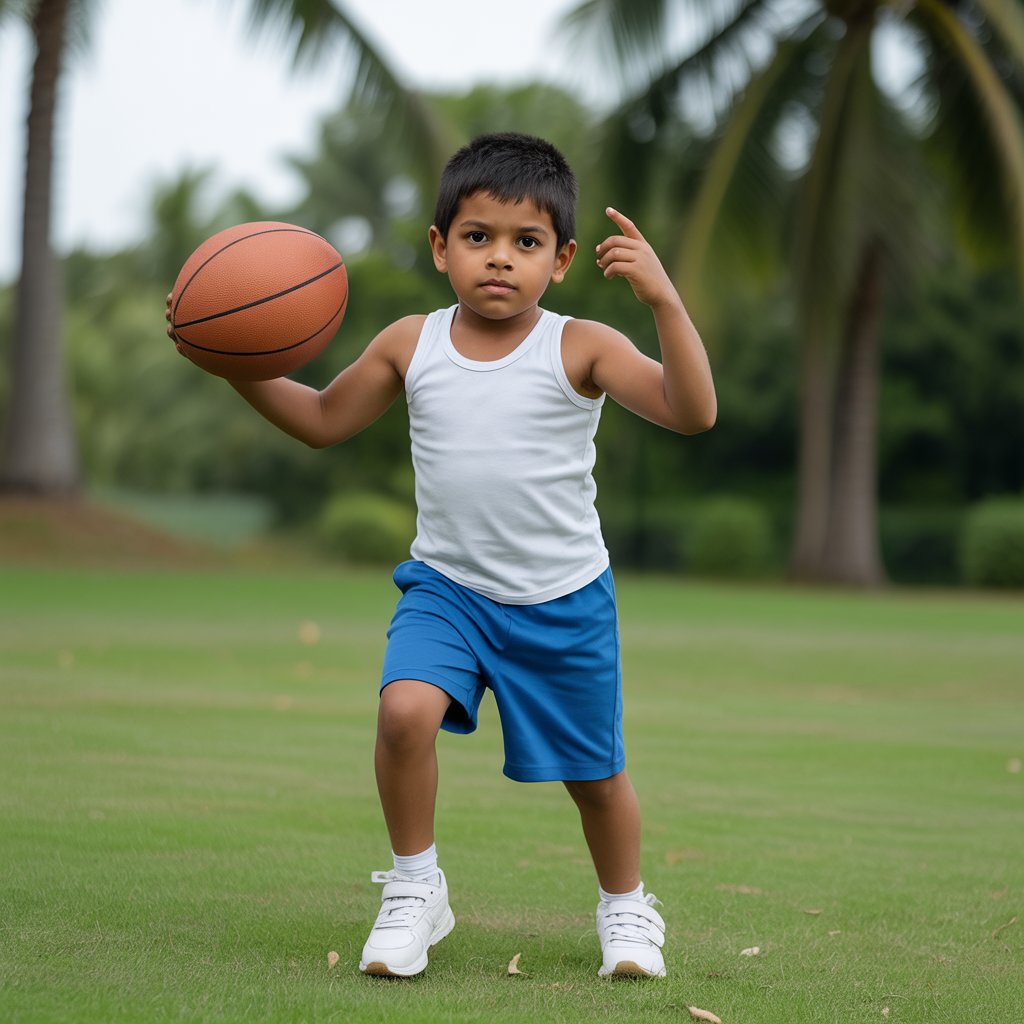
Balancing assistance with independence
Finding the sweet spot between helping too much and not enough feels like walking a tightrope. Too much help creates dependency; too little sets kids up for failure.
The scaffolding approach works best:
- Start with more support than you think necessary
- Gradually fade assistance as confidence builds
- Reintroduce support when needed, without judgment
Physical prompts should progress from most to least supportive:
- Hand-over-hand guidance
- Light touch prompts
- Gesture cues
- Verbal reminders
- Independent practice
Parents and teachers often rush this process. Motor skills development isn't linear—expect good days and challenging ones.
Consider using visual supports that give independence. Simple picture sequences beside the sink showing handwashing steps let kids check their own progress rather than hearing adult reminders.
The ultimate goal isn't perfect movement—it's giving kids the confidence to try, fail, adjust, and try again.





